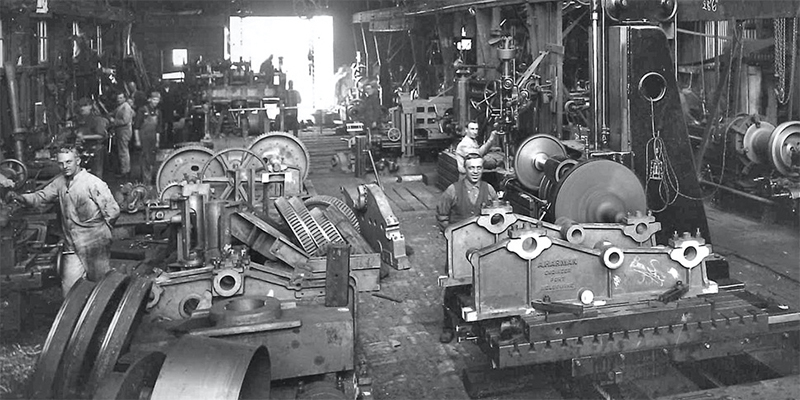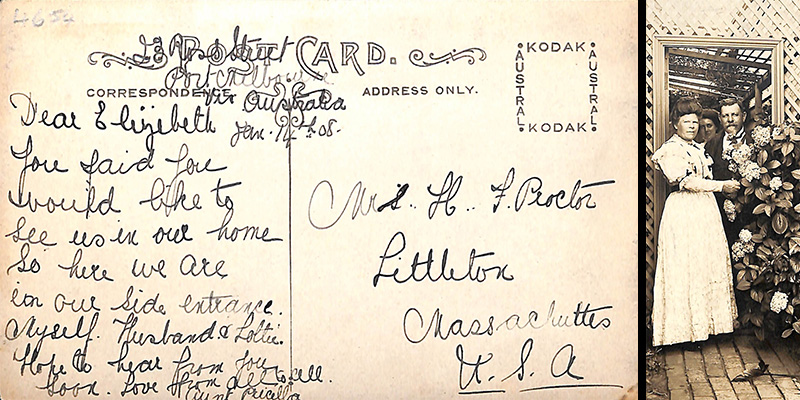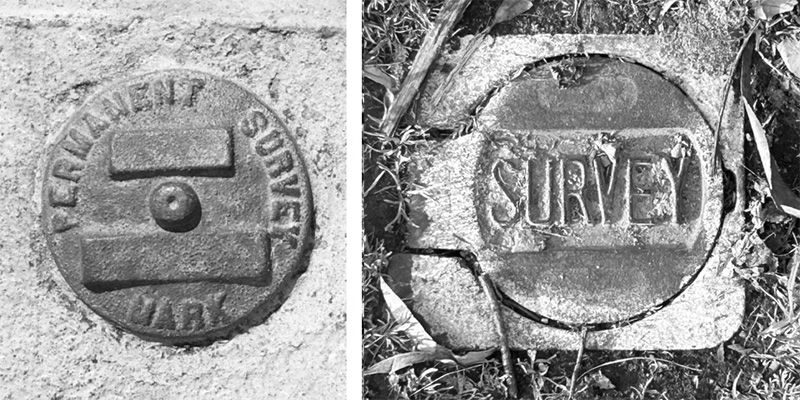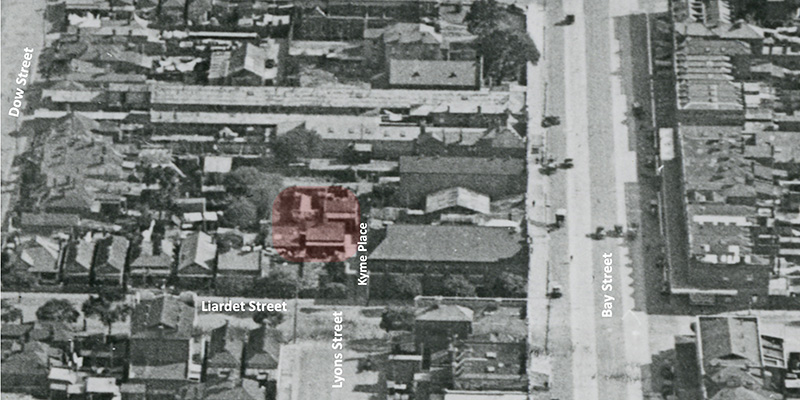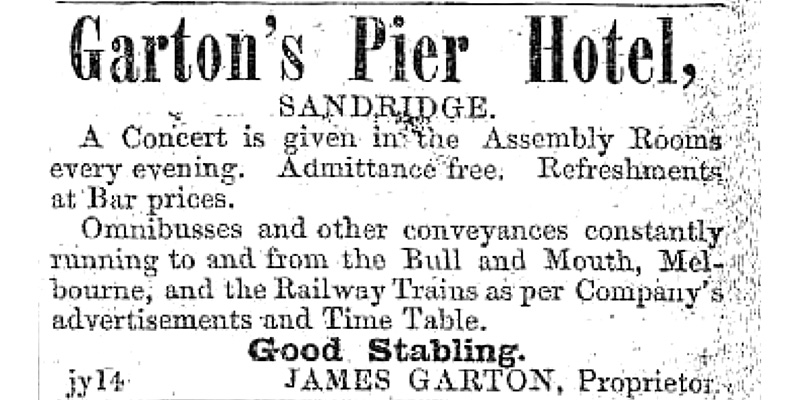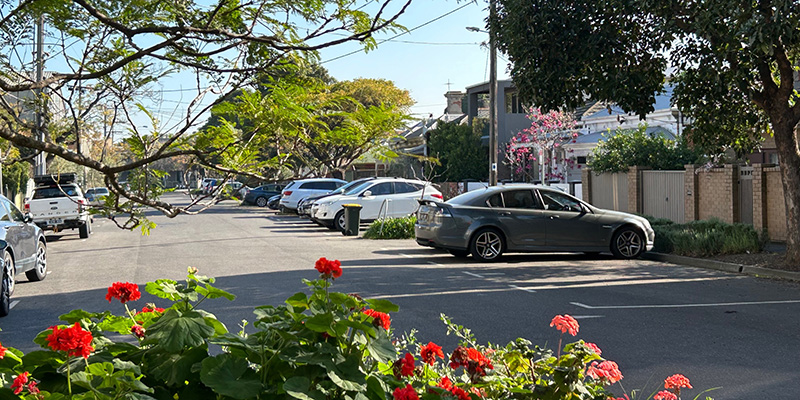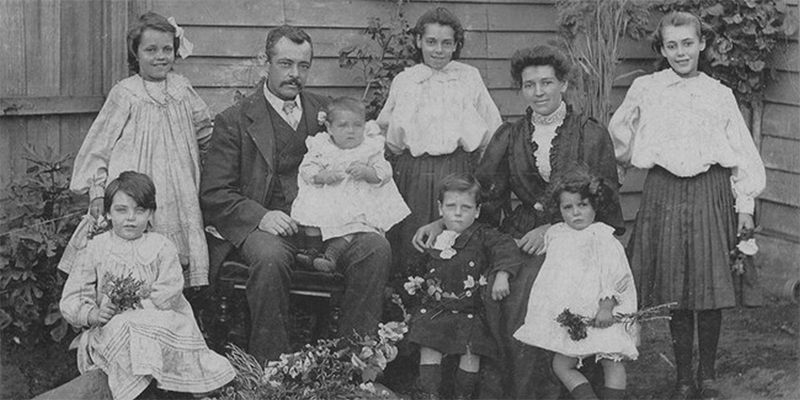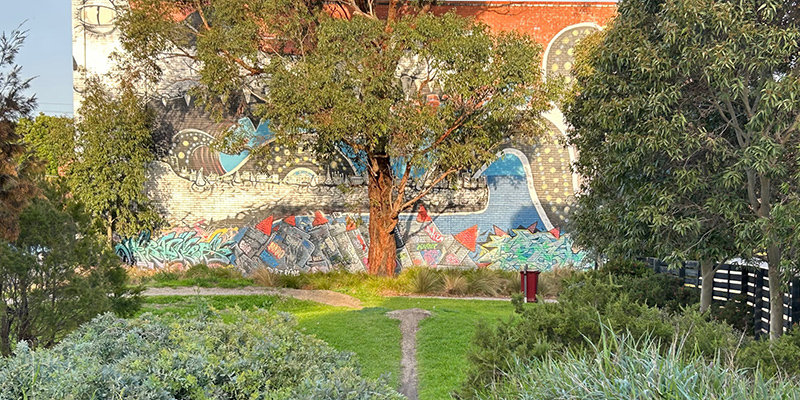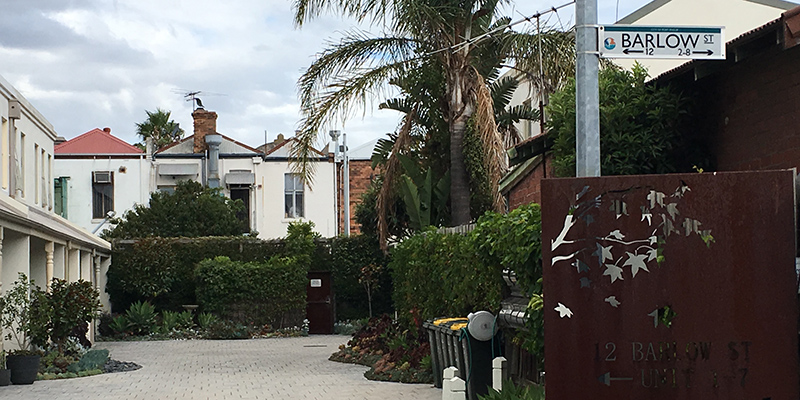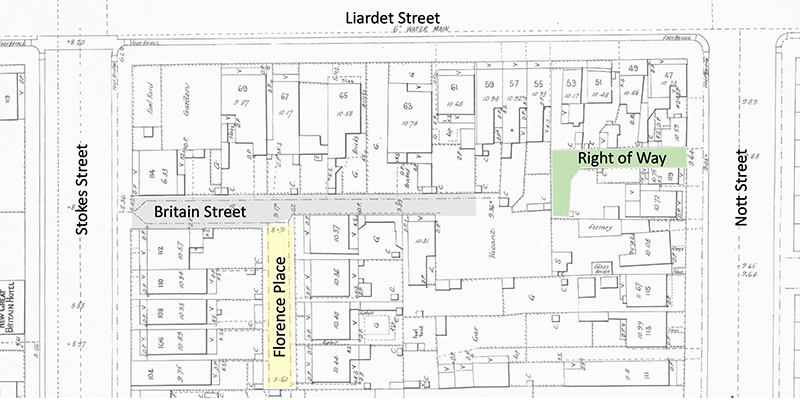David F Radcliffe will launch his latest book, Making it Here at our March meeting.
Making It Here is about the lives of four immigrant engineers, Otto Schumacher, Alfred Harman, Albert Longoni and Fred David, who played major roles in the development of manufacturing in Port Melbourne, including Fishermans Bend, during the first half of the 20th century. Two founded…
